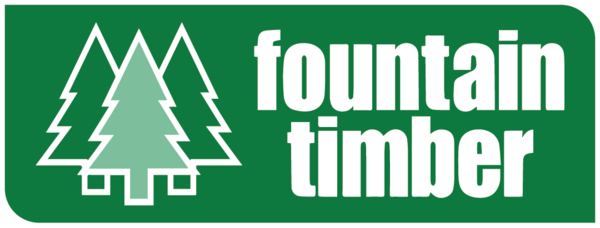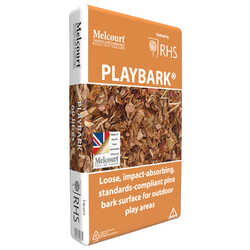Barks & Mulches
Add natural beauty and depth to your garden with our environmentally friendly barks. Sourced from sustainable British forests, options like bark nuggets, pine mini chips, ornamental spruce bark, and woodland mulch provide ground cover that protects soil, reduces weeds, and enhances your outdoor space.
The advantages of using Bark?
Eco-friendly, sustainably sourced
Reduces weeds and retains moisture
Suitable for landscaping and pathways
Range of textures and finishes
Our bark range includes nuggets for decorative ground cover, pine mini chips for pathways, spruce ornamental bark for elegant landscaping, and woodland mulch for soil enrichment. Sustainable and eco-friendly, these products reduce weed growth, retain moisture, and create a polished, natural look for gardens and landscaping.






